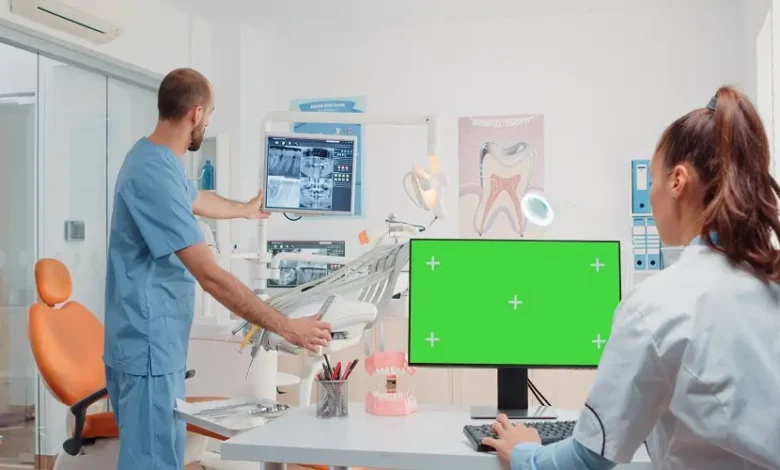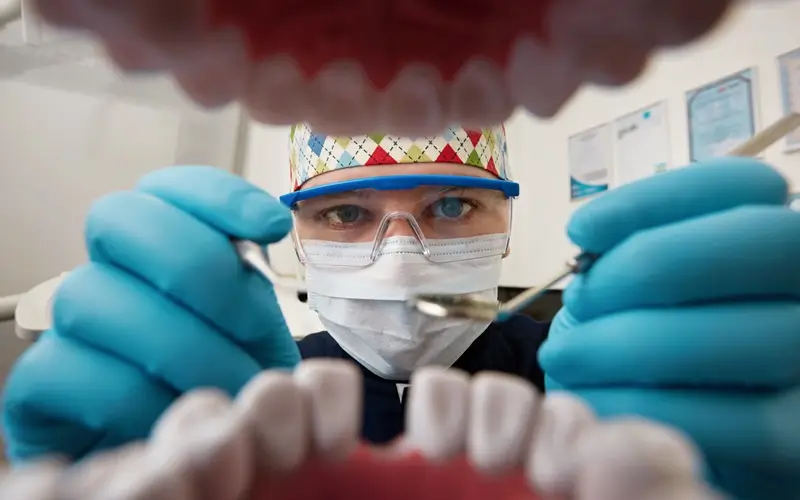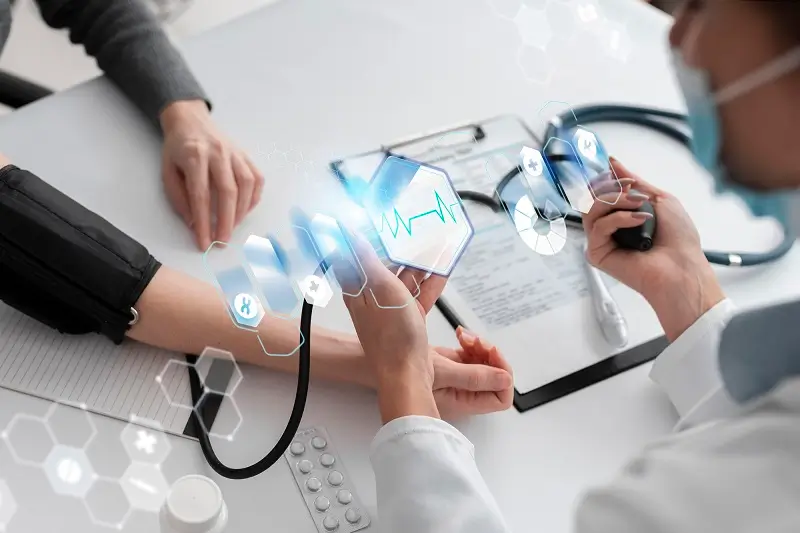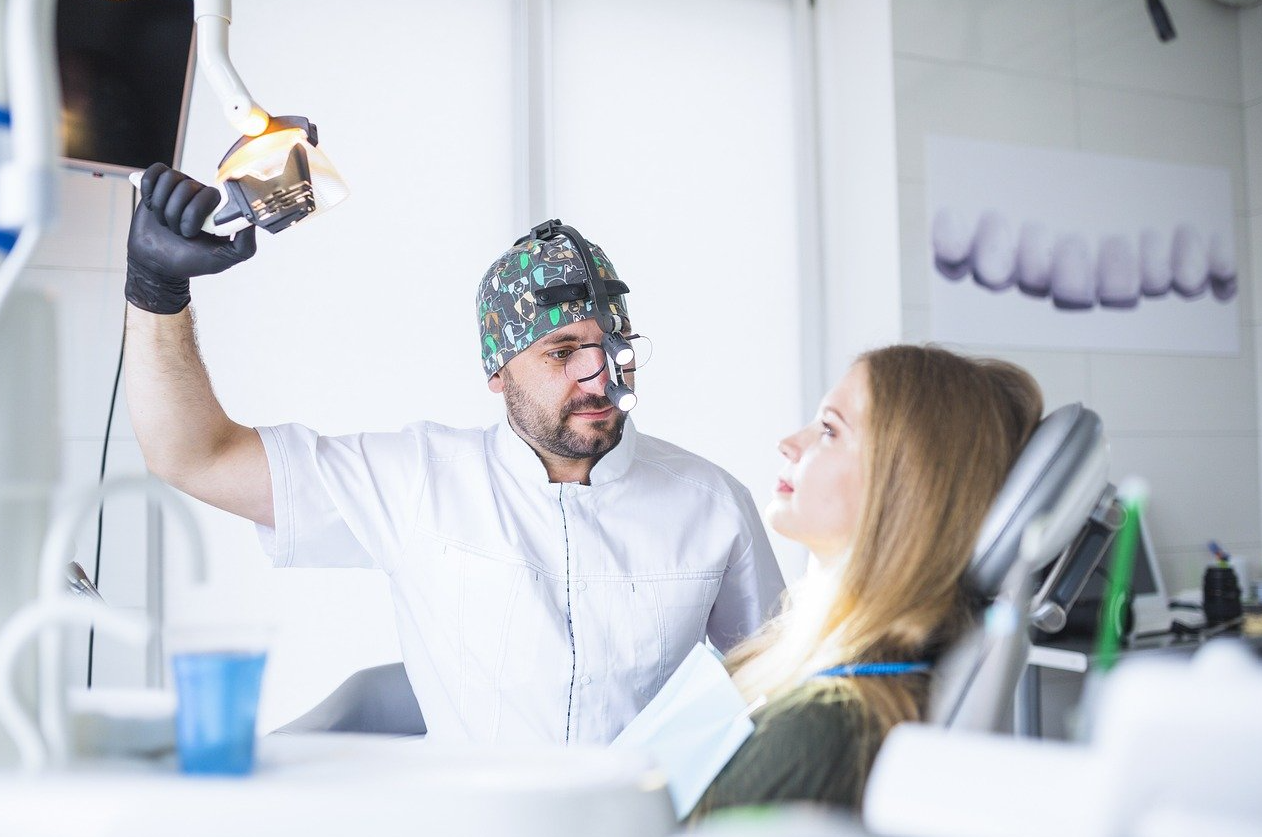
Clear Aligners and Tele-Dentistry: Is Remote Monitoring Effective?
Could you ever imagine transforming your smile without the need to visit a dental clinic? That’s the beauty of clear aligners and tele-dentistry working together! Clear aligners are transparent, removable trays that gently straighten your teeth without the inconvenience of metal wires or brackets. They are easy to wear and replaced every two weeks, gradually perfecting your smile.
Tele-dentistry takes this convenience to the next level by connecting patients with orthodontists remotely. Through virtual consultations and progress tracking, tele-dentistry removes barriers, making orthodontic care accessible to those who previously could not access it.2 This innovative approach bridges gaps in care, offering a practical solution for many, while also making the dream of a confident smile a reality.
Role of Tele-Dentistry in Clear Aligner Treatment
Tele-orthodontics is a form of tele-dentistry that uses technology to deliver orthodontic care from a distance. It involves diagnosing, planning treatments, monitoring progress, and educating both patients and orthodontic professionals using digital tools. This method helps to address challenges like high treatment costs and the need for frequent office visits.2
Clear aligner treatment is greatly enhanced by tele-orthodontics. Patients can send pictures or videos of their teeth to the orthodontist, allowing them to track progress and adjust without requiring the patient to visit the clinic frequently. This is particularly useful for people with busy schedules or those living in remote areas where orthodontic services might not be available.
Tele-orthodontics also allows remote consultations through live video or image sharing. An orthodontist can review a patient’s health history, diagnose issues like misalignment, and suggest treatment options without being in the same location as the patient.
Pros and Cons of Tele-Dentistry in Clear Aligner Treatment
Tele-dentistry has emerged as a promising solution for orthodontic care, especially in clear aligner treatments. It comes with several benefits, which include:
- Lower Costs: Tele-dentistry can make orthodontic care much more affordable. The cost of treatment through tele-orthodontics is about 40% less than traditional in-office treatments, making it more accessible for many people.
- Convenience: Patients can attend consultations and follow-ups online, which means they do not have to travel to the office. This saves time and is especially helpful for those with busy schedules or who live in remote areas.
- Wider Access: Tele-dentistry makes it possible for people in underserved areas, like rural regions or developing countries, to get the orthodontic care they need. This helps those who may not have had access to treatment before.
- More Efficient: Virtual appointments allow orthodontists to manage more patients in less time. This leads to quicker treatments and better overall care, making the process smoother for both the patient and the doctor.
- Better Education and Monitoring: With digital follow-ups and remote monitoring, patients receive continuous care, helping them understand their treatment better and achieve better results.
However, there are some challenges with teledentistry too. These include:
- Accessibility Issues: People who do not have reliable internet or technology may find it hard to access teledensity services, which could increase healthcare inequalities.
- Privacy Issues: Sharing personal health information online can raise worries about data security and confidentiality. It is important to make sure patient data is protected from breaches.
- Licensing and Legal Concerns: Tele-dentistry faces legal barriers, especially when treating patients across state or country lines. Orthodontists need the right licenses to provide care remotely.
- Limited Utility: While tele-dentistry is good for routine check-ups and follow-ups, it cannot replace in-person visits for more detailed diagnosis and treatment planning or making aligner adjustments.
Tele-dentistry is a great option for making orthodontic care more affordable and accessible, but it does come with challenges, such as privacy, access, and legal issues, that need to be carefully managed.
Is Remote Monitoring as Effective as In-Person Visits for Clear Aligner Users?
Remote monitoring has become an effective and safe method for delivering orthodontic care, especially for patients using clear aligners. Studies indicate that both general dentists and orthodontic specialists can successfully manage tele-orthodontic treatments. These treatments are particularly useful for addressing minor dental alignment issues, such as crowding or spacing in the front teeth.
The evidence supporting tele-dentistry is strong, showing that it provides clinical effectiveness and increases access to orthodontic care for a wider range of patients. Furthermore, remote consultations and treatment monitoring have improved the overall treatment experience by reducing the time spent in dental offices, allowing orthodontists to manage more patients and improve efficiency.
Conclusion
Tele-dentistry is transforming orthodontic care, especially for clear aligner users, by making treatment more accessible and convenient. It eliminates barriers like the need for travel and high costs, making clear aligner costs in India significantly more affordable. While there are challenges such as privacy concerns and limited utility, the benefits, such as improved access, efficiency, and continuous care, are undeniable. As technology advances, tele-dentistry promises to revolutionize further the way we achieve and maintain beautiful smiles, making orthodontic care easier and more accessible for everyone.



